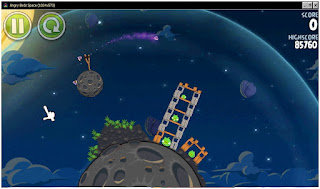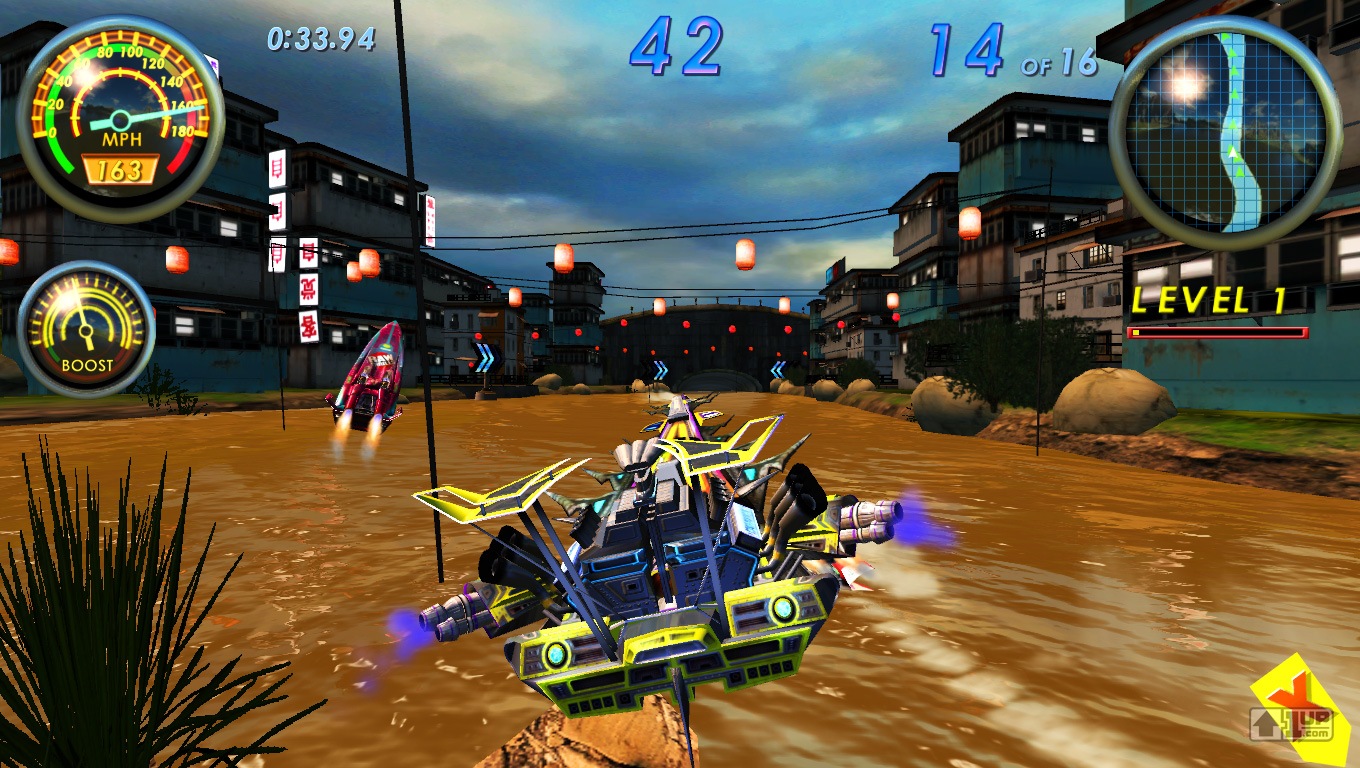SCIENCE WORDS
“BIOLOGY”
“A”
Addictive
Substance causingaddiction to the user.
Addiction
Compulsive physiologically and mentally
need for a substance.
Additive
Something that is added to a product as a coloring, flavoring, and preservation
in food.
Actins and myosin
Protein in muscle.
Adam’s apple
Cartilage at the base of the throat that protrudes in
mature man.
Alveolus
A very small structure and saclike on the tip of bronchioles.
Amphetamine
A group of drugs that increase energy.
Amylase
An enzyme that breaks down starch into sugar.
Anemia
A deficiency of red blood cells or hemoglobin, this result in a decreased
capacity of the blood to carry oxygen.
Antibody
Protein produced by the body to fight
harmful agents (germs).
Aorta
The main arterial vessel.
Appendix
A small structure attached to the cecum.
Artery
Blood vessels that carry blood away from heart.
Aspartame
an artificial low calorie sweetener.
Atrium
Two branches of heart that receive the
blood from blood vessel.
Autotrophy
Any organism that can syntesize its food (organic nutrients) from inorganic
substance.
Avitaminosis
A disease caused by deficiency of one vitamin.
Auxin
The growth hormone of plants.
“B”
Backbones
A short bones, in human they consist
of 33 bbackbone.
Biceps
A muscle that work antagonis with triceps.
Biocatalyst
A substance that can enchance
the chemical reaction in the body.
Blood
Consist of blood plasma and
blood cells.
Bone
A human pasive movement system.
Bolus
A small round chewed food from mouth cavity.
Borax
A cleaning materials that helps to thaw solid substances,
it is yellow crystal or brown powder
Bronchiolus
The branching of the bronci in form of small tubes.
Bronchus
The branch of trachea.
“C”
Calyptra
A root cap that protects meristematic tissue and root tip
from damage due the growth of the soil.
Cambium
Part of the stem which forms bark and wood.
Carbon monoxide
A gas produced from incomplete combustion.
Caries
A progessive decay of thoot’s bones.
Carcinogenic
A substance that can promote
cancer development.
Chemotaxis
Tactic movements in reaction to
chemical substance.
Chlorophyll
The green pigment in plants that is responsible for
absorbing sunlight.
Colon
Large intestine, the place that reabsorb water.
Constipation
The state of being unable to defecate because the stool
takes place in large intestine for a long time.
Cuticle
A waxy layer on the surface of
leaves that causes epidermis waterproof.
“D”
Deficiency
A disease due to the lack of certain substance in the body, such us vitamin
or mineral.
Dehydration
A condition caused by the excessive loss of water
(diarrhea).
Dentin
Bone that from theet.
Depress
A symptomp in central nervous system to slower the
process in the body.
Dermatitis
Inflammation of the skin, skin becomes redness and flaky.
Detergent
A cleaning material
for cloth and other tools, which its main component is surfactant.
Development
The process of cells that changes into certain shape and
structure.
Diaphragm
A muscle separating the thoracic and abdominal cavities.
Diapedetis
Passage of white blood cells from capilarry vessels.
Differentiation
Cells development to form organs that have a different
structure and function.
Duodenum
Also called as 12 fingers intestine, the first part of small
intestine.
“E”
Embryo
The product of a zygote.
Enamel
A layer that covers the crown of the tooth.
Endodermis
A tissue inside the cortex, that has function to regulate
the flow of mineral nutrient to xylem.
Epidermis
The tissue taha has function to protect the inner parts.
Epiglottis
A separatting valve between trachea and eshopagus.
Epiphyseal disk
Grow plates near to the end of the bones that continue to
grow.
Erythrocyte
Red blood cells.
Eshopagus
The digestive organ that has function to pushes food to
the stomach.
Etiolation
The rapidly growth of plants in the dark places.
Expiration
Air release from the lungs.
“F”
Fertilization
The fusion of male and female gametes, also called as
conception.
Fibrinogen
A blood protein that plays a part in blood clothing.
Flavoring
A substance usually used in strengthening the natural
taste of food.
Formalin
A clear liquid with smelly odor, contains methanol to
preserve and kill germs.
“G”
Gastrin
Hormone screted by the lining of stomach.
Genes
The substance that has function carry the parents
characteristic.
Gibberilin
Hormone of plants.
Growth
An increase in volume and cell number that cause the size
of an orgaism bigger.
“H”
Halucination
A symptomp in nervous system that causes illusion.
Hallucinogen
A substance that caused hallucination.
Hard water
Water that cotains salts, such as those of calcium,
magnesium, or both of them.
Hormone
A chemicals substance which produced by endocrine glands.
Hypoxia
A pathological condition in which the body is deprived of
adequte oxygen supply.
“I”
Insectiside
A chemical substance used to kill insects.
Insertion
A tendon attached to the moving bones.
Inspiration
A process of inhaling air to the lungs.
Irritability
An ability of organism to receive and response stimulus.
“J”
Jejunum
Middle part of small intestine after duodenum.
Joint
The connection between two bones to allow motion.
“K”
Keratitis
Inflamation of the cornea.
Kyphosis
An abnormal backward curvature in spine.
“L”
Leaf
A part of plants as place for photosyntesis.
Lenticels
Pores on the stem that allow the interchange of gas.
Leukimia
A disease caused by excessive amount of white blood cells.
Leucocyte
White blood cells.
Lipase
An enzymes that break down fats into fatty acids and
glycerol.
Lordosis
An abnormal forward curvture in spine.
“M”
Menstrution
The discharge of unfertilized egg with the blood-enriched
lining of the uterus.
Meristem
Plant tissue whose cells actively divide to form new
tissue.
Metagenesis
The alternation of mode of reproduction in organisms
between sexual and asexual.
Metamorphosis
The change in shape and structure of embryo to adult.
Monosodium glutamate
An artifical flavoring
“N”
Nastic
Movement of plants which is non-directional respone of
stimulus.
Neontal
The period of time after birth, typically up to 4 weeks
after birth.
Nicotine
A poisonous chemical found in tobacco.
Nucleus
Core of cells.
“O”
Origo
Tendons which attach to the non-moving bones.
Osmosis
The passage of a liquid from a weak solution to a more
concentrated solution across a semipermeable membrane.
Ossification
The process of bone formation from cartilage.
Ovary
An organ that produces egg (ovum)
Ovum
Egg cell, female sex cell.
“P”
Palisade
Columnar cells under the upper epidermis leaves that
contains chlorophyl.
Pepsin
An enzymes that breaks down protein into pepton.
Periostenum
The connective tissue of bones.
Peristaltic movement
A movement to squeeze and push food in the ehopagus.
Photosyntesis
Synthesis of plant food with the aid of radiant energy.
Pigmen
Any substance whose presence in plant produces a
characteristic color.
Plasmolisis
The loss of water from a cell due through osmosis.
Pleura
The thin membrane that covers the lungs and chest wall.
Polio
A disease that attacks skeletal nerves.
Provitamin
Substances in human body
which will be changed into vitami.
Psychotropic
Substances that can influence mind and behavior, such as
opium, hemp, cocain.
Ptyalin
A digestive enzime in mouth that changes starch into glucose
and maltose.
“Q”
*I’m not found science word initial “Q”
“R”
Rickets
A bone disorder which is deformity, weak, and fragile.
Rennin
An enzymes used to precipitate
milk.
Root
A part of plant, that hass function to absorb mineral and
water from soil and etc.
“S”
Saponification
The soap-making reaction
Scoliosis
An abnormal lateral curvature in spine.
Scorbut
A disease caused by vitamin C deficency marked by
bleeding gums and wobbly tooth.
Serum
The portion of blood that doesn’t contain fibrinogen.
Sinovial fluid
Lubrication of the joints.
Soap
A foamy substance, usually composed of fat, alkali, salt,
and natrium.
Sperm
Male sex cell.
Sponge
Spongy tissue, beneath the palisade tissue.
Synthetic
Not derived directly from nature.
Stimulation
A tendency in central nervous system to catalyze
processes in the body.
Suture
The connection between bones which are very close
together.
“T”
Taxis
The movement either part or whole body of plants.
Tendon
A dense connective tissue that connect bone and muscle.
Trachea
The cannel which base in the mouth and nouse.
Tripsin
An enzyme that changes pepton into amino acids.
Trombocyte
Blood platelets.
Tropism
The plant movement which direction influenced by the
direction of stimuli.
“U”
Uterus
Female reproduction organ where embryo attaches.
“V”
Veins
Vessel that carry blood to the heart.
“W”
“X”
Xylem
A vascular tissue in plants that transport water from
root to the leaves.
“Y”
Yellow marrow
Locted in the bones of adults.
“Z”
Zygote
The result from the fusion of male and female gametes.
* The End :D *
















































